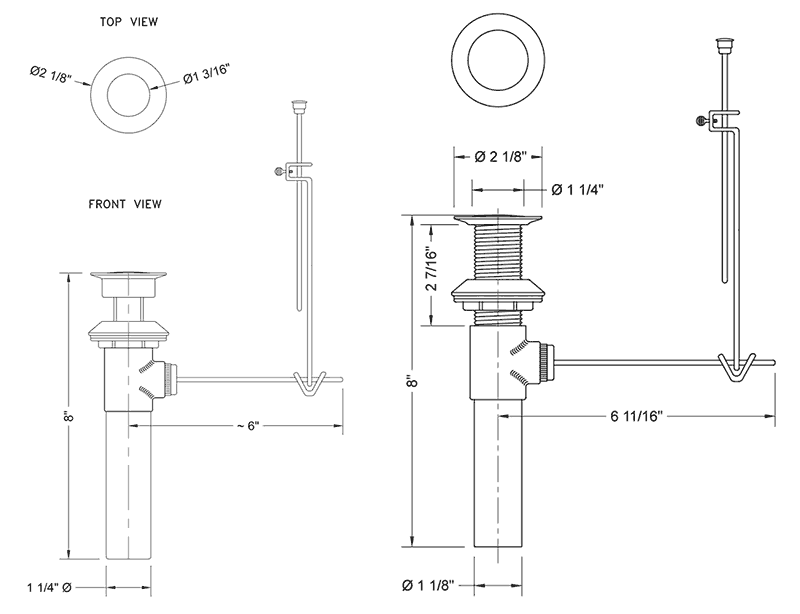If you've noticed a small puddle of water forming under your kitchen sink, it's likely that your kitchen sink drain nut is leaking. This is a common problem that can be easily fixed with a few simple steps. In this article, we'll guide you through the process of fixing a leaky kitchen sink drain nut and provide some tips for preventing future leaks.How to Fix a Leaky Kitchen Sink Drain Nut
The first step in repairing a leaking kitchen sink drain nut is to determine the cause of the leak. This could be due to a loose nut, a damaged gasket, or a cracked pipe. Once you've identified the source of the leak, you can proceed with the appropriate repair method.How to Repair a Leaking Kitchen Sink Drain Nut
If you're comfortable with DIY projects, you can easily fix a leaky kitchen sink drain nut yourself. All you need are a few tools and some basic plumbing knowledge. This will save you time and money compared to hiring a professional plumber.DIY Kitchen Sink Drain Nut Leak Repair
There are several reasons why your kitchen sink drain nut may be leaking. Some of the most common causes include a loose nut, a worn out gasket, or a cracked pipe. These issues can be easily fixed with the right tools and techniques.Common Causes of Kitchen Sink Drain Nut Leaks
If your kitchen sink drain nut is beyond repair, you may need to replace it. This is a simple process that involves removing the old nut and installing a new one. You can purchase a replacement nut at your local hardware store.Replacing a Kitchen Sink Drain Nut
To fix a leaky kitchen sink drain nut, you'll need a few basic tools including a pipe wrench, pliers, and a screwdriver. You may also need a new gasket or a tube of plumber's putty, depending on the cause of the leak.Tools Needed for Fixing a Leaky Kitchen Sink Drain Nut
To fix a leaky kitchen sink drain nut, follow these steps: Step 1: Turn off the water supply to your kitchen sink. Step 2: Place a bucket or bowl under the sink to catch any water that may leak out. Step 3: Use a pipe wrench or pliers to loosen the nut connecting the drain pipe to the sink. Step 4: Remove the drain pipe and inspect the gasket for any signs of damage. Step 5: If the gasket is worn out, replace it with a new one. If not, clean it and apply plumber's putty around the edges. Step 6: Reattach the drain pipe and tighten the nut with a pipe wrench or pliers. Step 7: Turn on the water supply and check for any leaks. If there are still leaks, you may need to tighten the nut further or replace the entire drain pipe.Step-by-Step Guide to Fixing a Leaky Kitchen Sink Drain Nut
The best way to prevent kitchen sink drain nut leaks is to regularly check and maintain your sink's plumbing. This includes tightening any loose nuts, checking for cracks in the pipes, and replacing worn out gaskets. Additionally, avoid putting large amounts of food scraps or grease down your sink to prevent clogs and damage to your plumbing.Preventing Kitchen Sink Drain Nut Leaks
There are several signs that may indicate a leaking kitchen sink drain nut. These include a small puddle of water under your sink, a musty smell, or visible damage to the pipes. If you notice any of these signs, it's important to address the issue as soon as possible to prevent further damage to your plumbing.Signs of a Leaking Kitchen Sink Drain Nut
If you're not comfortable fixing a leaky kitchen sink drain nut yourself, it's best to seek the help of a professional plumber. They have the knowledge and expertise to quickly and effectively fix the issue and prevent future leaks. While this may cost more than a DIY repair, it will ensure that the problem is resolved correctly. In conclusion, a leaking kitchen sink drain nut is a common problem that can be easily fixed with the right tools and techniques. By following these steps and taking preventative measures, you can keep your kitchen sink in top condition and avoid any future plumbing issues.Professional Plumbing Services for Kitchen Sink Drain Nut Leaks
Kitchen Sink Drain Nut Leaking: Causes and Solutions

Introduction to Kitchen Sink Drain Nut Leaking
 When it comes to your kitchen, the sink is one of the most heavily used areas, making it susceptible to wear and tear. One common issue that homeowners face is a leaking drain nut. This not only causes a mess in your kitchen but can also lead to further damage to your sink and surrounding areas if left untreated. If you're facing this problem, don't worry, as it is a common issue and can be easily fixed with the right knowledge and tools.
When it comes to your kitchen, the sink is one of the most heavily used areas, making it susceptible to wear and tear. One common issue that homeowners face is a leaking drain nut. This not only causes a mess in your kitchen but can also lead to further damage to your sink and surrounding areas if left untreated. If you're facing this problem, don't worry, as it is a common issue and can be easily fixed with the right knowledge and tools.
Causes of Kitchen Sink Drain Nut Leaking
 Before we delve into the solutions, it's important to understand the possible causes of a leaking drain nut. The most common cause is a loose or worn out nut, which can occur with regular use and age. Another common cause is an improper installation of the drain nut, which can lead to gaps and leaks. Additionally, if the sealant used to secure the nut has worn off, it can also result in leaks.
Before we delve into the solutions, it's important to understand the possible causes of a leaking drain nut. The most common cause is a loose or worn out nut, which can occur with regular use and age. Another common cause is an improper installation of the drain nut, which can lead to gaps and leaks. Additionally, if the sealant used to secure the nut has worn off, it can also result in leaks.
Solutions to Fix a Leaking Kitchen Sink Drain Nut
 Now that we know the causes, let's look at the solutions to fix a leaking kitchen sink drain nut. The first step is to locate the source of the leak. In most cases, it will be the nut itself, but it's always best to check the entire drain assembly to ensure there are no other leaks. If the nut is loose, simply tighten it using a wrench. If it's worn out, you can replace it with a new one. Be sure to use a high-quality nut to ensure a secure fit.
If the nut is properly tightened but the leak persists, you may need to reseal the nut. This can be done by applying a new layer of plumber's putty or silicone sealant around the base of the nut. Once applied, tighten the nut again to ensure a secure fit. If the leak is caused by an improper installation, you may need to call a professional plumber to properly install the drain nut and prevent any future leaks.
Now that we know the causes, let's look at the solutions to fix a leaking kitchen sink drain nut. The first step is to locate the source of the leak. In most cases, it will be the nut itself, but it's always best to check the entire drain assembly to ensure there are no other leaks. If the nut is loose, simply tighten it using a wrench. If it's worn out, you can replace it with a new one. Be sure to use a high-quality nut to ensure a secure fit.
If the nut is properly tightened but the leak persists, you may need to reseal the nut. This can be done by applying a new layer of plumber's putty or silicone sealant around the base of the nut. Once applied, tighten the nut again to ensure a secure fit. If the leak is caused by an improper installation, you may need to call a professional plumber to properly install the drain nut and prevent any future leaks.
Preventative Measures to Avoid Kitchen Sink Drain Nut Leaks
 To avoid facing this issue in the future, it's important to take preventative measures. Regularly inspect your sink and drain assembly for any signs of wear or damage. If you notice any issues, address them immediately to prevent them from becoming bigger problems. Additionally, be mindful of what you pour down your sink to avoid clogs, which can put extra pressure on the drain nut and cause leaks.
In conclusion, a leaking kitchen sink drain nut is a common problem that can easily be fixed with the right knowledge and tools. By understanding the causes and implementing preventative measures, you can ensure that your sink remains leak-free. However, if the problem persists, it's best to seek professional help to avoid any further damage to your sink and surrounding areas.
To avoid facing this issue in the future, it's important to take preventative measures. Regularly inspect your sink and drain assembly for any signs of wear or damage. If you notice any issues, address them immediately to prevent them from becoming bigger problems. Additionally, be mindful of what you pour down your sink to avoid clogs, which can put extra pressure on the drain nut and cause leaks.
In conclusion, a leaking kitchen sink drain nut is a common problem that can easily be fixed with the right knowledge and tools. By understanding the causes and implementing preventative measures, you can ensure that your sink remains leak-free. However, if the problem persists, it's best to seek professional help to avoid any further damage to your sink and surrounding areas.

























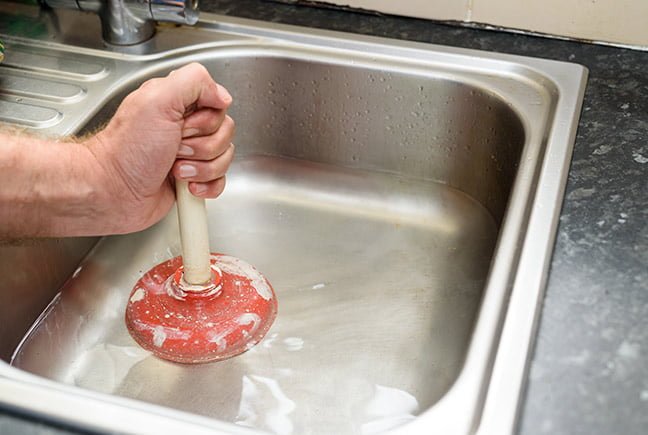







/how-to-install-a-sink-drain-2718789-hero-b5b99f72b5a24bb2ae8364e60539cece.jpg)

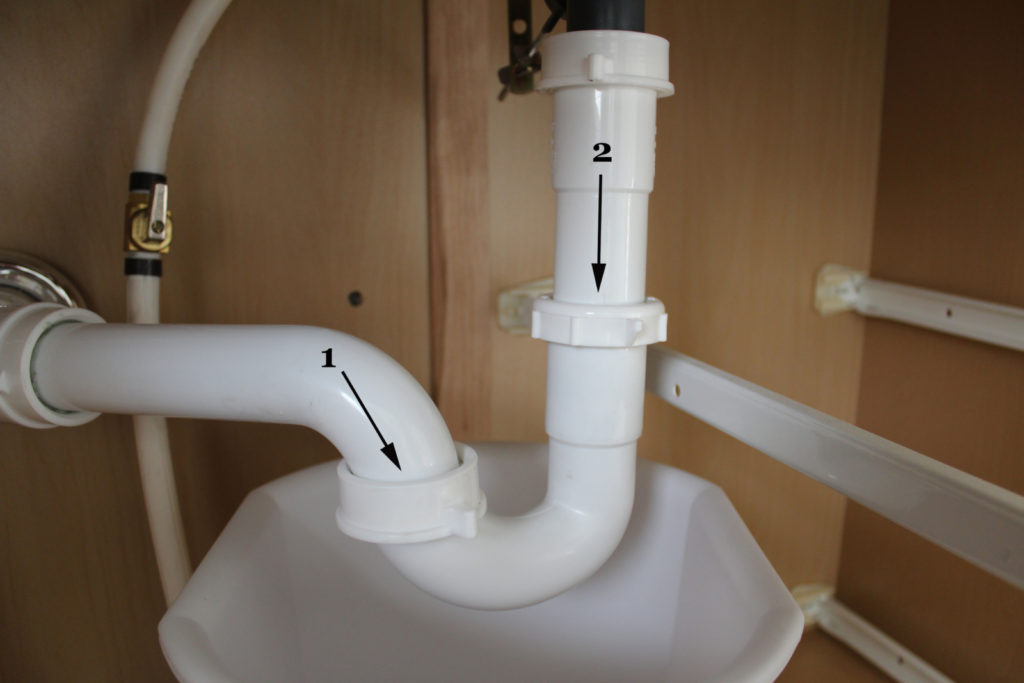




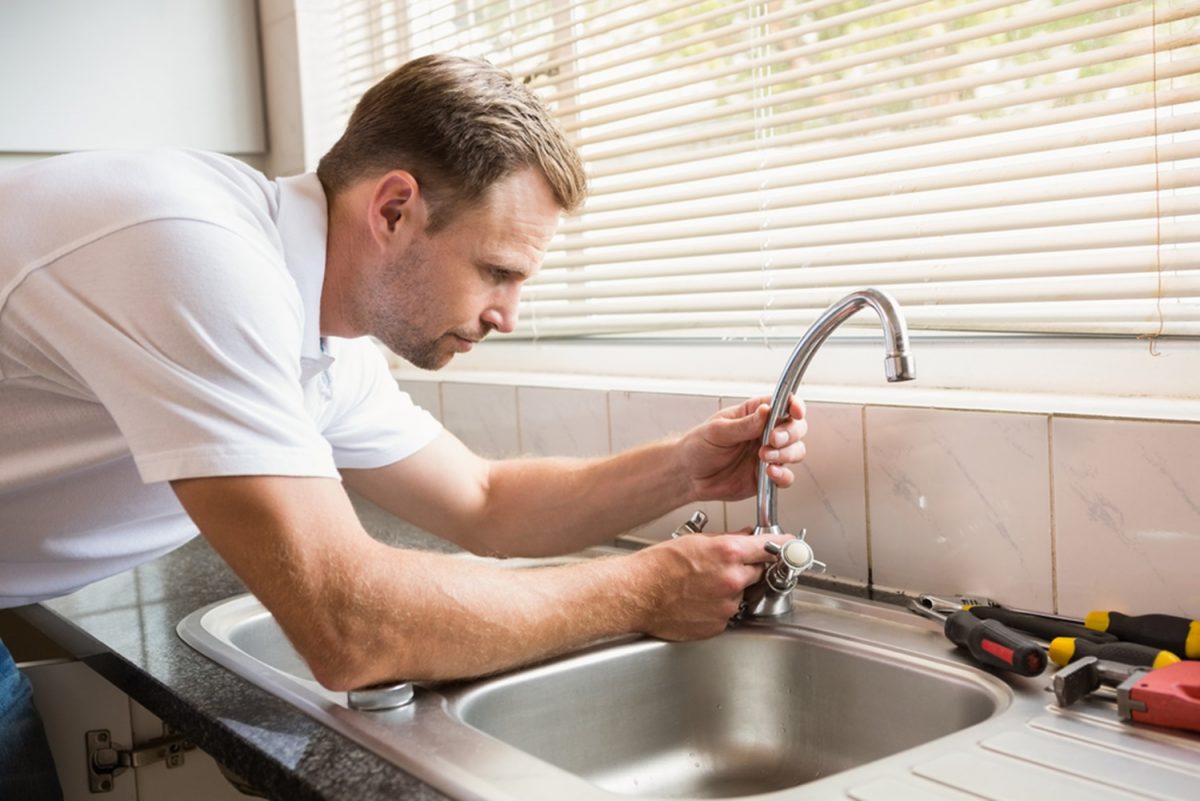

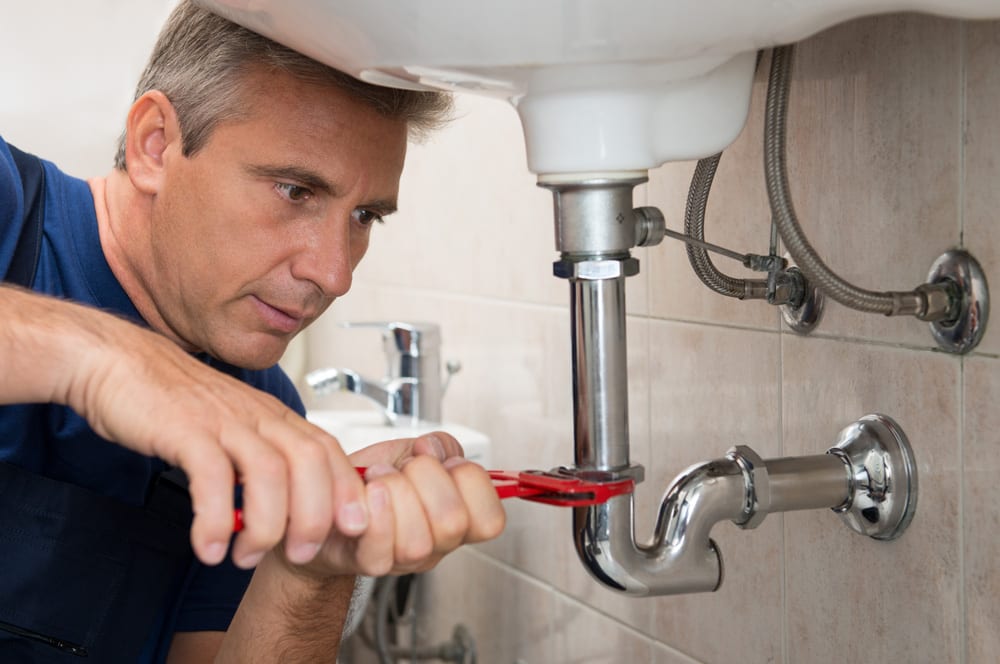











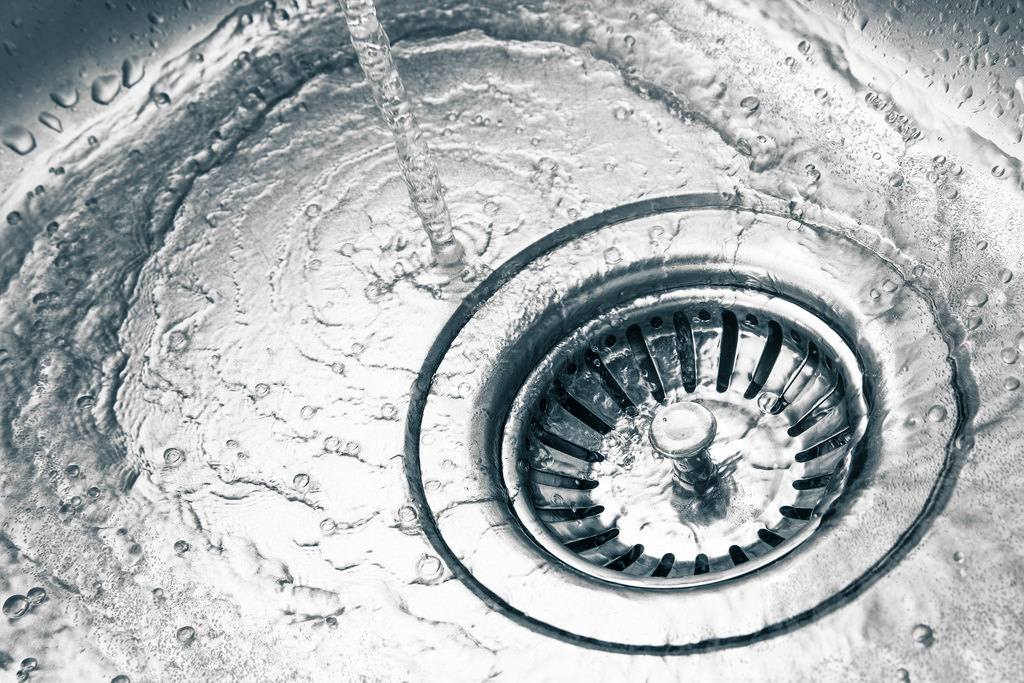




/how-to-install-a-sink-drain-2718789-hero-24e898006ed94c9593a2a268b57989a3.jpg)

